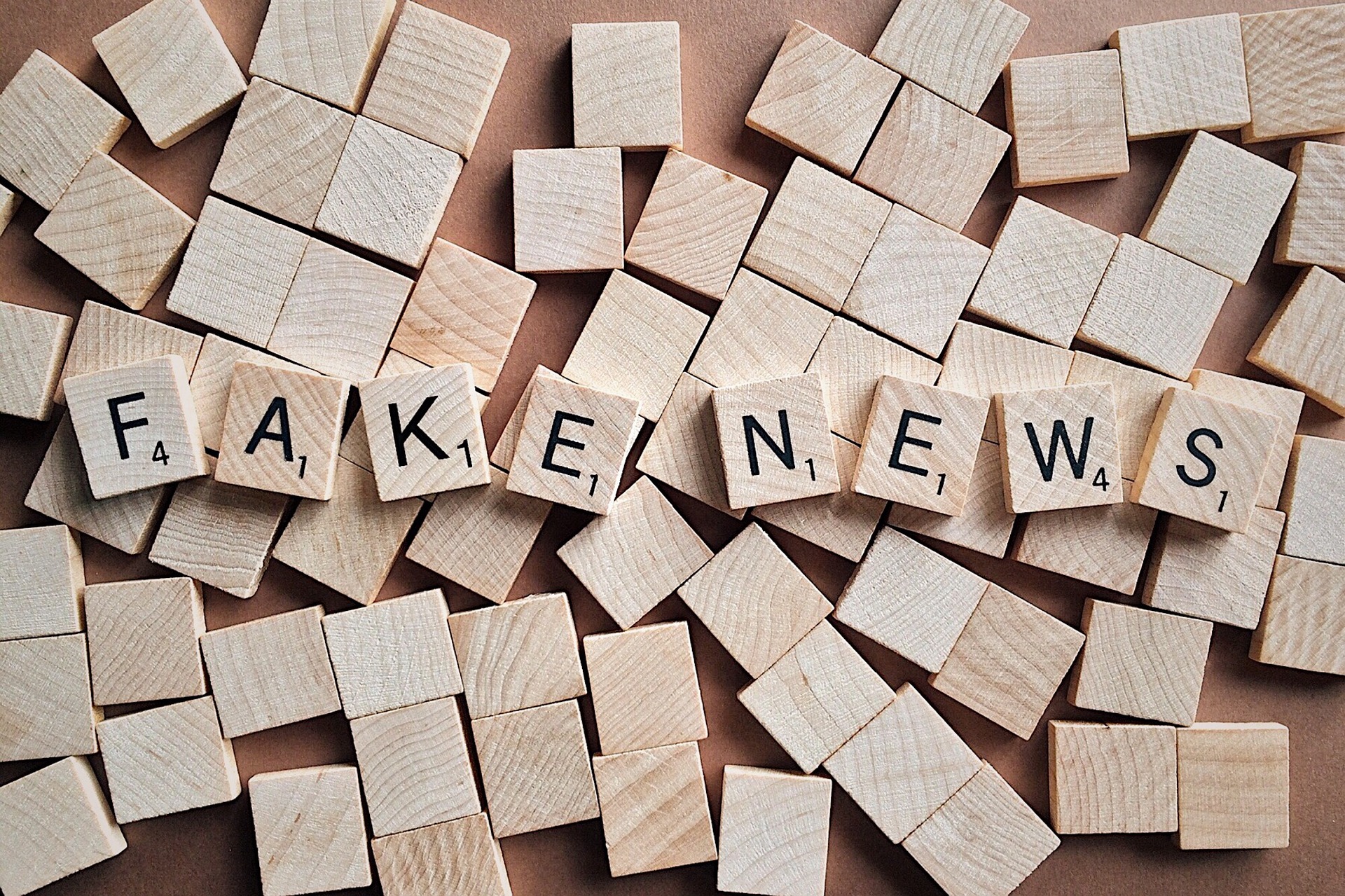Trust in the media has always been an issue; imagine rebuilding trust in the digital world.
Imagine this: the digital media that launched a million leaks, unverified information, and outright lies could be the source of rebuilding trust between the consuming audience and media outlets as well as brands.
When newspapers ruled the earth prior to the digital age, reporters checked their facts before submitting their news stories and editors vetted the information before ink hit the page. Digital editions of newspapers pushed deadlines to not just a given hour but to the minute, every minute of every day. Being first matters more than being correct. And, breaking news is often neither.
Many know that “truth in advertising” has been a long-standing mantra; just as many believe that truth in advertising is an oxymoron, at least at times. In traditional print, broadcast and now digital media, creative license grants leeway to undeserved superlatives, hyperbole, and poor grammar. Photographers and videographers capture reality, and myriad digital programs easily and instantly alter it at the designers’ whim as they create effective messages.
Photographs for news or editorial support and for advertising currently suffer the same fate in the digital world. In both instances, the use of Photoshop prompts questions of the source’s integrity, and images’ authenticity. After all, it is used for more than merely a digital photo’s color or exposure correction.
Once upon a time, truth in the news was not disputed, and now it is daily. Advertising was held suspect, and with good reason. As a result, advertising was not usually trusted, but news was. Now, neither is trusted.
Information is collected from nearly every keyboard and mouse click, and from every news outlet, industry organization, and online retailer. Yet, even digitally collected data, big data, can go globally awry, leading to ads being served to highly targeted audiences in the wrong language. How likely would you be to believe the news report or buy the product if you cannot trust what was presented?
And yet, it is digital technology that is also the source of restoring confidence and rebuilding trust. Technological advances that empower the consuming public to control their experiences by virtual reality, wearable technology, and responsive devices are game-changers. As they use these and other yet–unknown opportunities to build connections to its audiences, it also creates an opportunity to build trust based on that personal experience. While technology may never replace human intelligence and insights, each iteration has the potential to build that bond incrementally.













